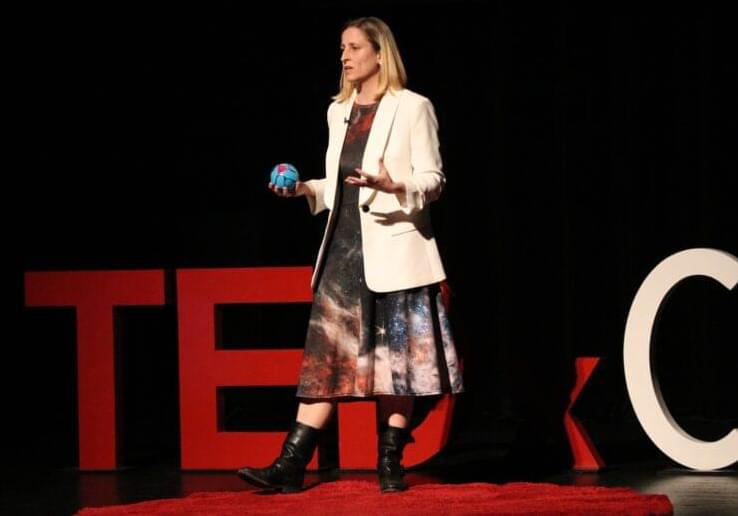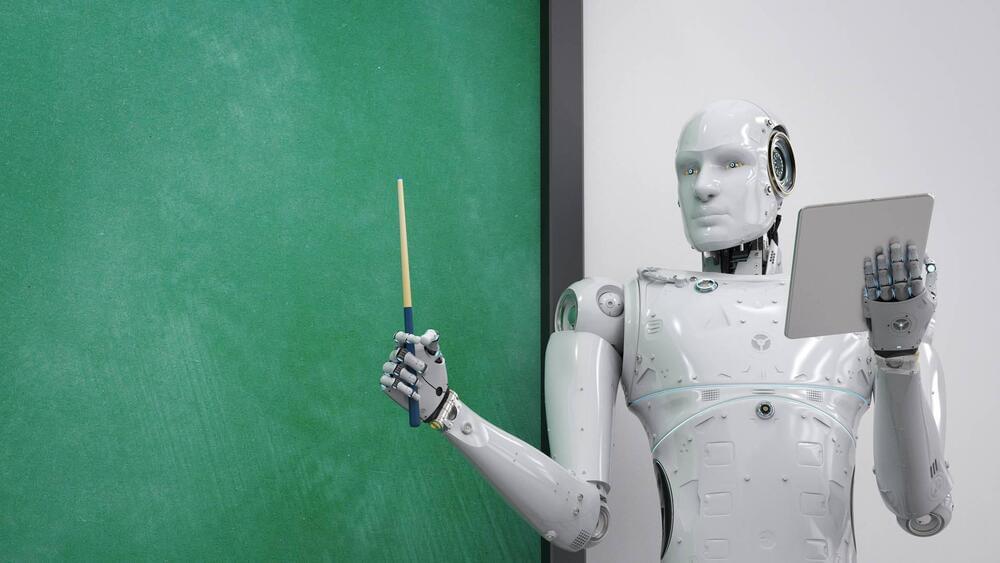Dr. Emily Rice, an Associate Professor of Astrophysics at the Macaulay Honors College of CUNY and resident research associate in the Department of Astrophysics at the American Museum of Natural History (AMNH), is one of the keynote speakers at the TEDxCUNY conference to be hosted on March 10, 2023.
Dr. Rice is extremely involved in the scientific community through her role as a researcher and professor. Dr. Rice co-founded the research group Brown Dwarfs in New York City (BDNYC) with Dr. Kelle Cruz from CUNY Hunter College and Dr. Jackie Faherty from AMNH. Brown Dwarfs are objects that have masses between giant exoplanets and low mass stars. Dr. Rice explained there was a lot about Brown Dwarfs that scientists were yet to explore and understand.
“The three of us started this research group following a small project we had collaborated on,” Dr. Rice said. In 2010, Dr. Cruz had started their work with Hunter College, Dr. Rice was wrapping up her postdoctoral work, and Dr. Faherty was finishing up graduate school. “We all happened to be in New York City at the time, and we were all working with Brown Dwarfs, so we decided to create a research group focused on these substellar objects,” Dr. Rice remarked.



